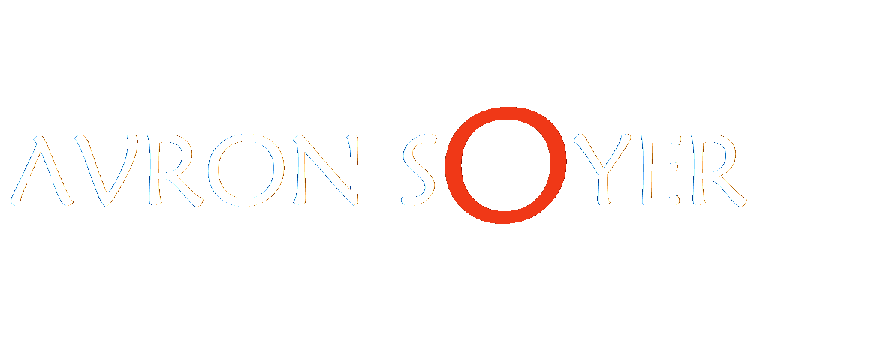Opening through Writing (1997)
(The Author)
1
I never imagined that this task – and my isolation – would continue into a new millennium.
I underestimated the inherent difficulty of the project, and the defenses protecting sociology’s and psychologies dominant professional identities as a “sciences.”
An uncle told me the cautionary tale of Joe Gould.
He also wrote all his life and never showed anyone. He said his book was in a suitcase that he always carried. He seemed intelligent. We wondered. Was there maybe something to it? When he died the suitcase was opened. There were only a few scribbled pencil notes on dirty scraps of paper.
Something like that almost happened here…. There was writing, too much for a suitcase. Yet it would not cohere.
The final manuscript is extremely brief: 166 double-spaced pages, with many quotations and empty spaces.
I am shocked how hard I held to received forms, especially to models of “impersonal” exposition…. Slowly I began to hear awareness-in-the-act. Painfully I loosened my grip and opened to the task.
2
If uniqueness and inwardness are to be dialogically included in sociology-psychology then the person and the author must appear within the work.
This manuscript is not trapped in representations of impersonality. It is open to image and narrative as well as to direct exposition.
We recognize and embrace interplay between the richness of natural language and contextual specificities.
3
Traditional “fine prose” is “smooth.” These essays are committed to dialogue and to transparency. All jointures are exposed.
Sections are surrounded by empty space in order to respect their autonomy and weaken the pull of mechanical linkage. – They are dated to preserve authorial voices and developmental sequences. Discontinuous revisions are dated. (Revisions along original lines are not labeled.)
In order to trace movement along and between lines of constructive implication we number sections and place all footnotes below the text; sometimes we explicitly separate the basic statement and exploration of a theme from “sidelines.”
Here literary form is an explicit crucial methodological concern.
4
Because this manuscript is dialogical it begins again and again. Yet these beginnings interpenetrate and “remember one another.” Because it is transparent and proceeds through awareness-in-the-act it continually folds back into itself.
Continue Reading Avron Soyer’s A Dream of Reason I. Part 4 -Opening through Projects
